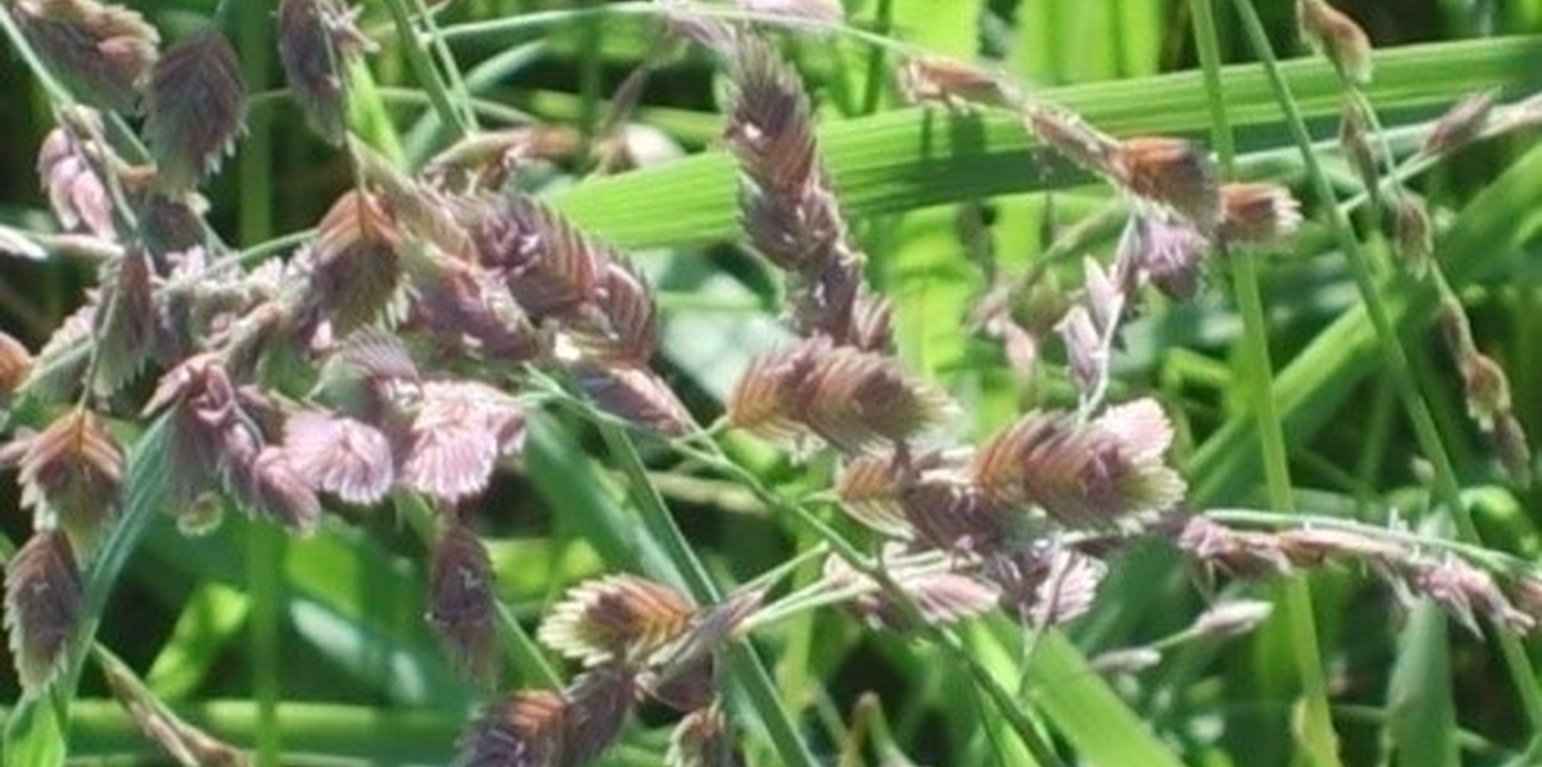



Grass reseeding is a sustainable land management practice especially appropriate for pastoral and agro-pastoral communities inhabiting the arid and semi-arid rangelands of the world. Seedbed preparation involves clearing of invasive bush patches and creation of furrows across the slope using an ox-plough (traditional) or shallow and light ploughing using a tractor (modern). Grass seeds are sown along the furrows which are created directly in the degraded grazing land. The seeds are lightly covered with soil because the indigenous grass seeds are very small. This encourages faster emergence of grass seedlings. The slope should be generally flat or very gentle (<5%) to reduce the speed of runoff, thus prevent soil erosion and consequently the washing away of the grass seeds. Eroded and deposited seeds will eventually lead to uneven establishment of pasture, mainly concentrated downslope. Minimal soil disturbance by ox-plough or tractor facilitates root penetration of the seedlings and also helps breaking the soil surface hardpan formed by continuous hoof action.
Furrows constitute a form of in-situ moisture conservation, capturing rainwater where it falls, thus increasing availability of water for emerging seedlings. The main purpose of this technology is to rehabilitate degraded natural pastures and provide a continuous source of livestock feed especially during lean periods. Use of indigenous grass species e.g. Eragrostis superba, Cenchrus ciliaris, Enteropogon macrostachyus and Chloris roxburghiana is advocated for better establishment and subsequent development. Ecological impacts of this technology include improved soil cover and reduced soil erosion. In addition to rehabilitating degraded natural pastures and improving quality and quantity for livestock production, grass reseeding has additional socio-economic impacts, thus benefiting rural livelihoods. This is through the sale of hay and grass seed and surplus milk in the local market, which provide supplementary sources of income.
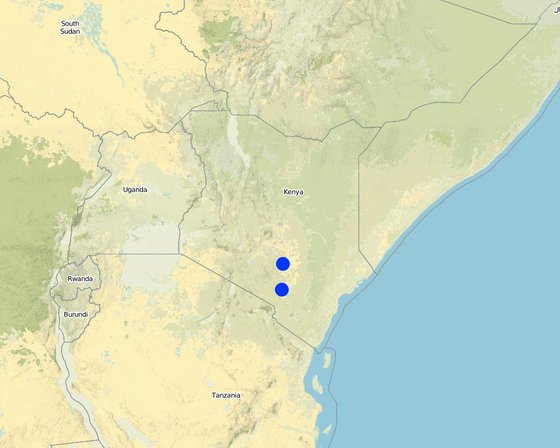
الموقع: Kibwezi, Eastern, كينيا
عدد مواقع تنفيذ التقنيةالتي تم تحليلها: 10 - 100 موقع
انتشار التقنية: يتم تطبيقها في نقاط محددة/ تتركز على مساحة صغيرة
في منطقة محمية بشكل دائم؟:
تاريخ التنفيذ: منذ 10-50 سنة
نوع التقديم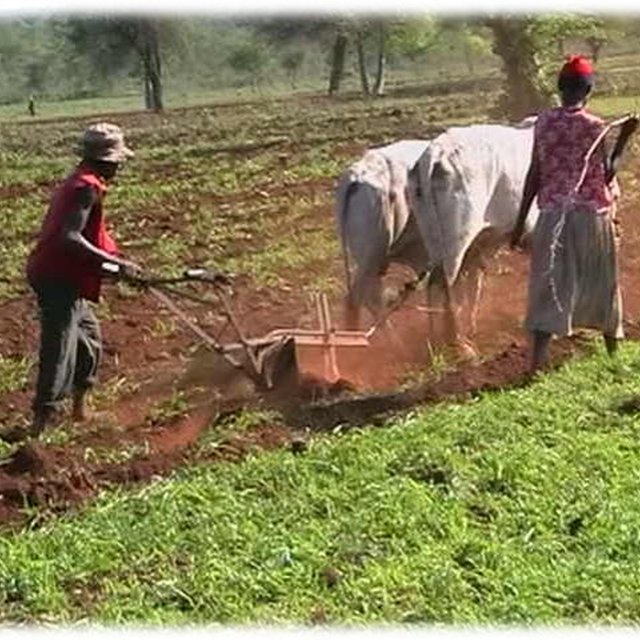
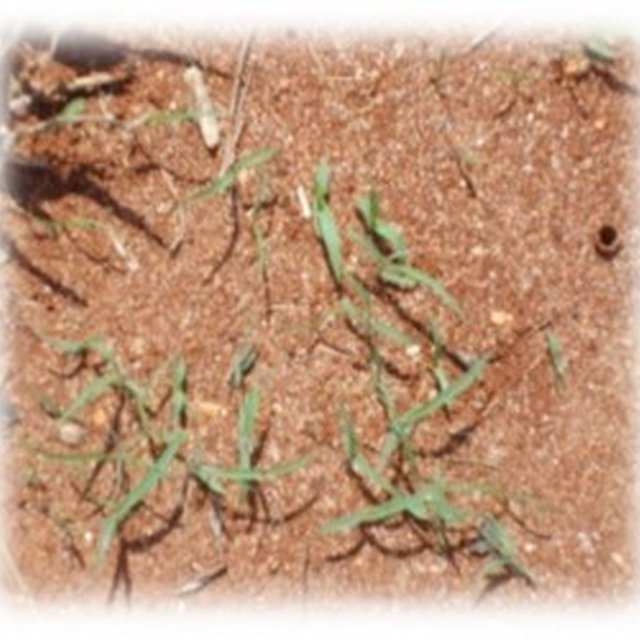







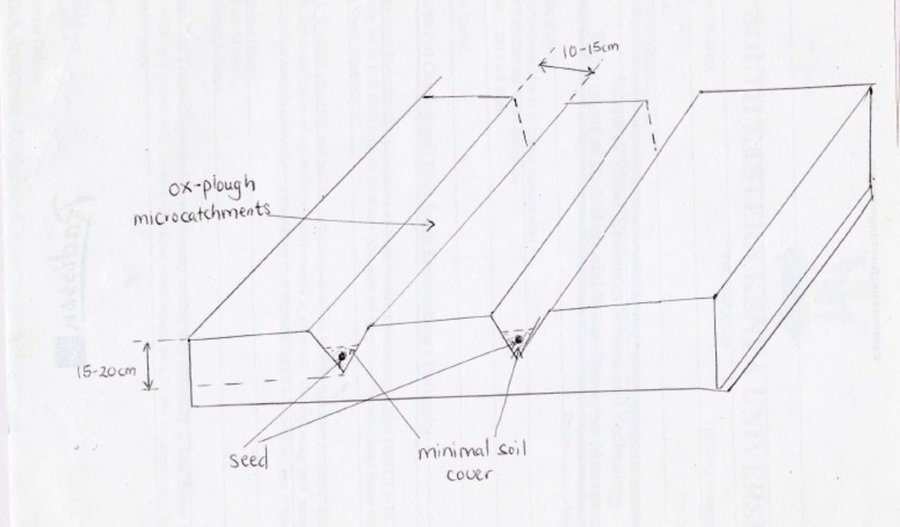
| تحديد المدخلات | الوحدة | الكمية | التكاليف لكل وحدة (دولار أمريكي USD) | إجمالي التكاليف لكل مدخل (دولار أمريكي USD) | % من التكاليف التي يتحملها مستخدمو الأراضي |
| العمالة | |||||
| Casual and Household labour | person-days | 4,0 | 5,0 | 20,0 | 100,0 |
| معدات | |||||
| Hiring ox-driven plough | person-days | 4,0 | 100,0 | 400,0 | 100,0 |
| المواد النباتية | |||||
| Seeds | kgs | 5,0 | 10,0 | 50,0 | 100,0 |
| إجمالي تكاليف إنشاء التقنية | 470.0 | ||||
| إجمالي تكاليف إنشاء التقنية بالدولار الأمريكي | 470.0 | ||||
| تحديد المدخلات | الوحدة | الكمية | التكاليف لكل وحدة (دولار أمريكي USD) | إجمالي التكاليف لكل مدخل (دولار أمريكي USD) | % من التكاليف التي يتحملها مستخدمو الأراضي |
| العمالة | |||||
| Casual and household labour | person-days | 1,0 | 5,0 | 5,0 | 100,0 |
| معدات | |||||
| Ox-driven plough | person-days | 1,0 | 100,0 | 100,0 | 100,0 |
| المواد النباتية | |||||
| Seed | kg | 1,0 | 10,0 | 10,0 | 100,0 |
| إجمالي تكاليف صيانة التقنية | 115.0 | ||||
| إجمالي تكاليف صيانة التقنية بالدولار الأمريكي | 115.0 | ||||
Reseeded areas improve the soil hydrological properties by reducing the impact of raindrops thus reducing soil disturbance and increasing water infiltration capacity. Consequently, runoff, and sediment production - an index of soil erosion, are greatly reduced.